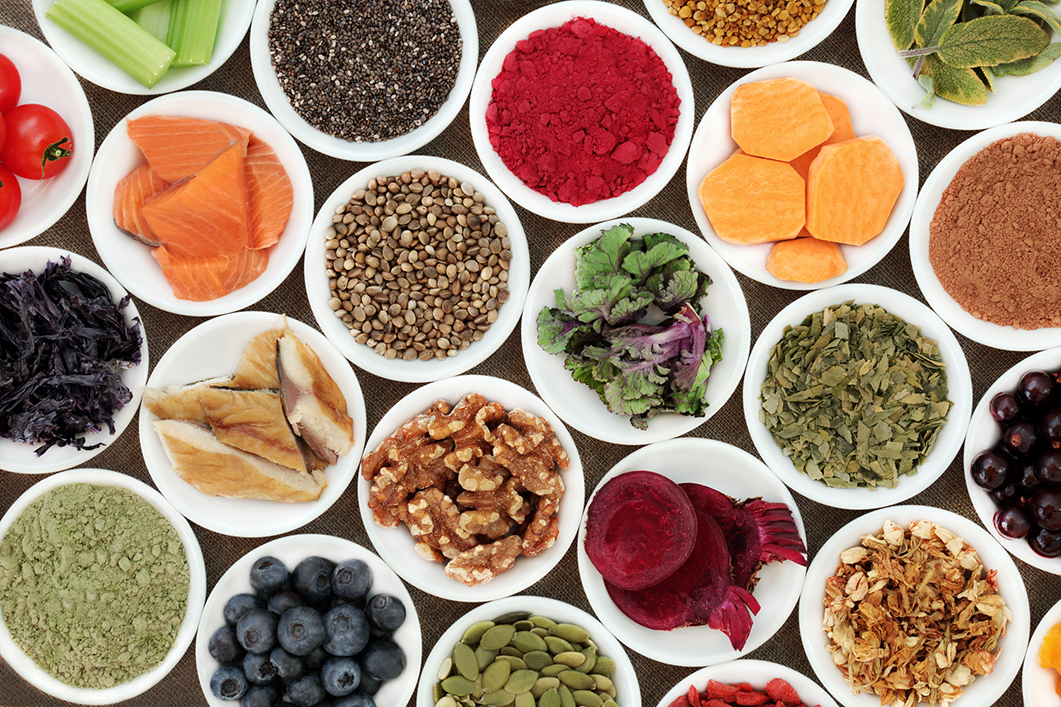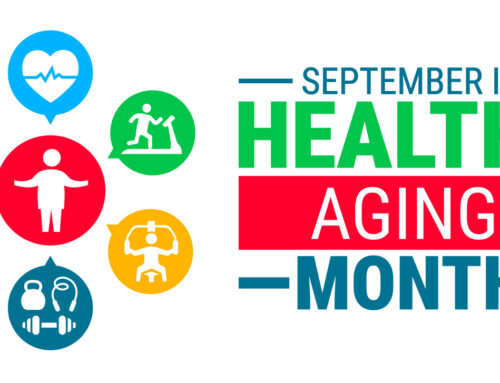In our FirstLantic blog last week, we tackled the serious issue of the rise in mental illness within the U.S. and steps that need to be taken to combat the meteoric rise. Continuing this theme in honor of Mental Health Awareness Month, we wanted to offer some practical steps that we can all take to keep ourselves mentally and physically fit. We caught up with Dr. Markus Ploesser, a Psychiatrist who is certified in Integrative Medicine and an anti-aging expert. He offers us twelve tips for healthier nutrition. In his work, he implements the Walsh Institute’s advanced nutrient therapy methods to improve overall health. So, take it from the doctor and apply these best practices to optimize your mind-body connection.
- Stop drinking sweets
Regular sodas are full of calories; diet sodas have zero calories. And while “zero calories” sounds like music to our ears, they can still be a culprit for weight gain. Our hormones may explain why people still gain weight when they switch to diet soda. Teasing your taste buds with artificial sweeteners triggers the body to expect a shot of sugar. Drinking diet soda before eating primes the pancreas to release a lot of the fat-storing hormone insulin.
- Calories in vs. calories out — nope, doesn’t work
Lock the fridge at night! Gaining weight is, in part, about the fat-storing hormone insulin. Have a good fast overnight — don’t eat anything after 6 pm and nothing before 10 am is all you need to do. For starters, take it slow. Then work your way up to having at least 12 hours of fasting including overnight.
- Low-fat diets make you what? Fat.
It’s simple: a low-fat diet restricts fat and cholesterol. There are many reasons why low-fat diets may not work, including the possibility that the low-fat dieter may exchange fats for sugars and high glycemic index carbohydrates, which your body then processes into belly fat.
Your body needs cholesterol to perform important jobs, such as making your sex hormones and building brain cells. More important than a restriction of fat is to monitor the type of fat you eat. Healthy fats are healthy for you. You can find them in nuts, cold water fish such as salmon or mackerel, and avocados. For instance, most of the healthy fat in avocados is oleic acid, a monounsaturated fatty acid that helps to lower cardiovascular inflammation. Avocados also contain beta-sitosterol, the plant version of cholesterol. Did you know that walnuts have more healthy omega-3 fats than any other common nut? And, what about algae oil for cooking? Algae oil contains the highest level of monounsaturated fat – the good fat.
- Eat the colors of the rainbow
They’re all excellent. When humans eat plant foods, we take in nutrients with potent anti-cancer and anti-heart disease effects. Each different color provides different micronutrients with distinct health benefits and it’s for this reason that eating across the colors of the rainbow is important. For example:
Red is rich in lycopene, which protects against prostate cancer. Tomatoes also have lots of lycopene, but to absorb it they must be cooked.
Orange and yellow foods contain beta cryptothanxin, which helps our body’s cells communicate.
Blue and purple have powerful anthocyanins, believed to have anti-aging properties. Blueberries also have Pterostilbene, an anti-aging compound and other chemicals believed to lower your blood pressure.
White onions contain allicin, which has anti-cancer properties.
Don’t forget the spices — and, yes, also of varied colors.
- Are you kidding? Orange Juice in the morning may not be good for your health
Juicing like any other process of grinding or pressing is likely to destroy the structure of complex carbohydrates. This will increase the glycemic index (a bad thing) and sudden release of the fat-storing hormone insulin. Eating your orange whole in the morning is good for you but putting it into a juicer or squeezing it does not have the same healthy effects. Don’t make juicing your religion.
- Whole wheat bread is not as good as you think
The same juicer principles apply to the mill. The process of milling grain destroys the structure of complex carbohydrates in natural grain, thereby increasing the glycemic index of your slice of bread. This causes more release of the fat-storing hormone insulin. Only whole grain bread leaves the healthy structure of the grain intact, whole wheat bread does not. Don’t confuse the two: Grain over Wheat!
- An apple a day keeps the doctor away
Yes. Apples are high in soluble fiber. They also have polyphenols, which are linked to lower blood pressure and lower stroke risk.
- Don’t eat the same healthy foods every day
Diversity is always a good thing, just like in the workplace. Gut bacteria diversity is linked to health and happiness. Varied gut bacteria may be the first step to becoming a healthier you. For instance, each plant has a different set of bacteria. Eating a variety of plant-based foods is likely to increase the health of your gut. Although raw kale is healthy, don’t make it all you eat. Another way to increase the health of your gut bacteria is through regular exercise.
- Why milk is bad for you
Dairy products create an acidic environment in your digestive system. To counteract this environment, calcium is robbed from your bones. Despite the hype around school milk for optimal bone growth, dairy is not a good source of calcium. It leaches calcium out of your bones. Milk and cheese have been linked to increased risk for prostate cancer. A Swedish study has also shown that women who consumed 4 or more servings of dairy were twice as likely to develop ovarian cancer. Cows are often pumped full of antibiotics. Multiple studies have linked dairy consumption to the severity of acne in boys and girls. Do you know of any other animals feeding their young the milk of another species?
- Have a cup of tea
Tea is loaded with powerful antioxidants, essential nutrients, and anti-inflammatory polyphenols. Green tea is one of the healthiest drinks on the planet. White tea may be even better.
- Have a piece of chocolate
Okay, now we’re talking. Dark chocolate is rich in minerals, such as iron, magnesium and zinc. It is also rich in powerful antioxidants. Consuming dark chocolate may raise the “good cholesterol” (HDL) and protect the “bad cholesterol” (LDL) from oxidation. Cacao is rich in a plant chemical called flavanols, which may help to protect the heart. Dark chocolate contains up to 3 times more flavanol-rich cacao solids than milk chocolate.
- Magnesium and Vitamin D
Growing evidence suggests that chronic mild magnesium deficiency is common. This can cause nausea, muscle spasms and tremors (shakes that you can’t control) and, over time, can weaken your bones, cause headaches and nervousness, and damage your heart. Eat rich sources of magnesium like greens, nuts, seeds, dry beans, whole grains, wheat germ, and oat bran.
Known as the sunshine vitamin, vitamin D is produced by the body in response to skin being exposed to sunlight. The right food can also help. For Vitamin D, eat your salmon, sardines, herring, and mackerel to keep strong bones and help to prevent some cancers and depression.
.
In summary, there is a huge connection between the mind and body so follow Dr. Ploesser’s advice for how to keep yourself physically and mentally fit!
If you or someone you know is struggling with mental illness, click here for information and resources.
If you need help at home, please contact FirstLantic.
If you want to read more FirstLantic blogs, click here.
 AVAILABLE 24 HOURS A DAY/7 DAYS A WEEK
AVAILABLE 24 HOURS A DAY/7 DAYS A WEEK Careers
Careers







